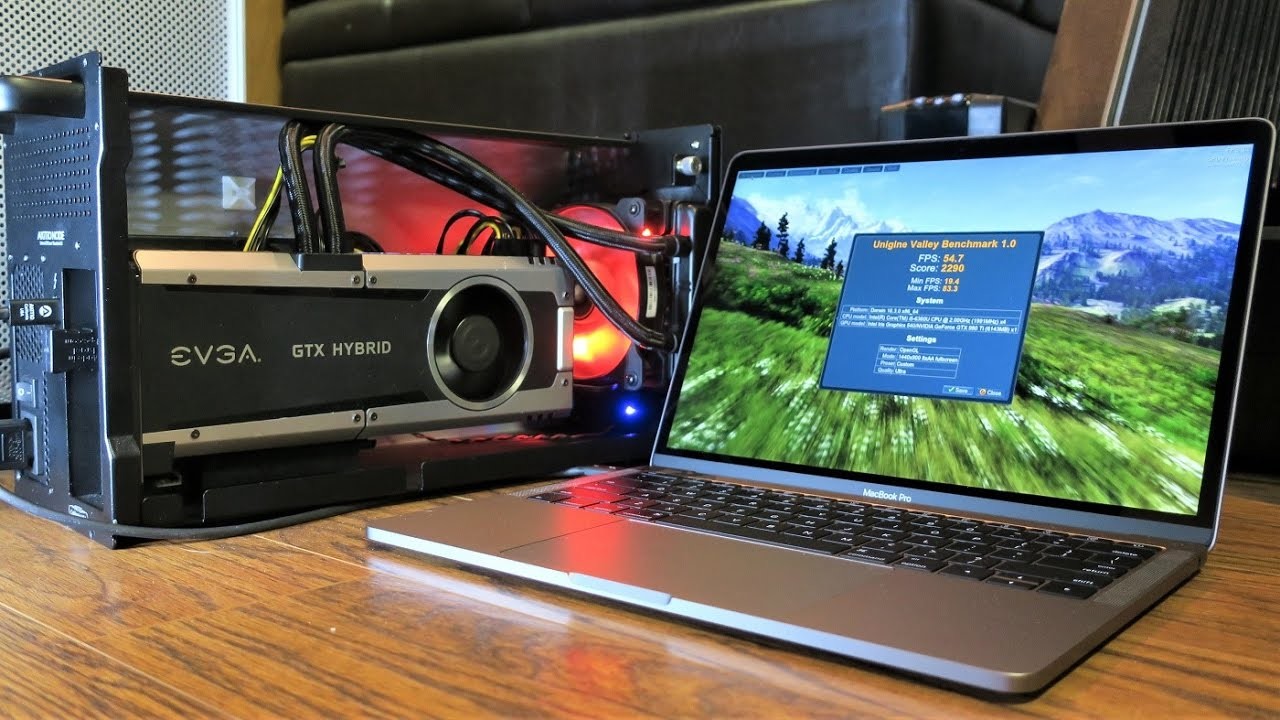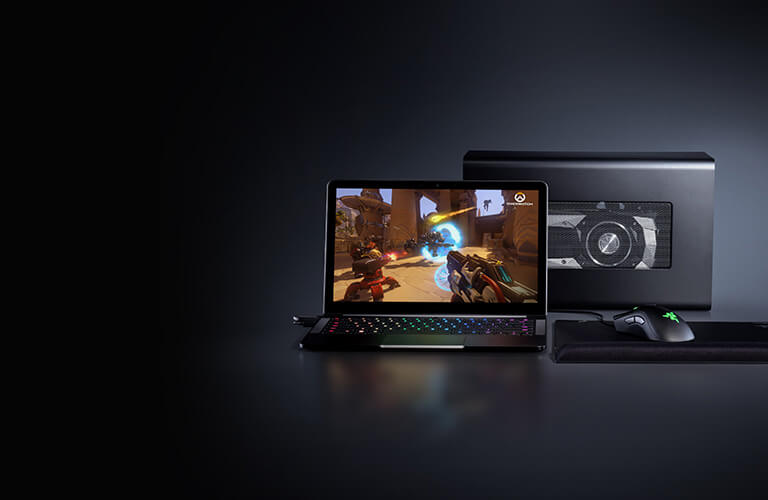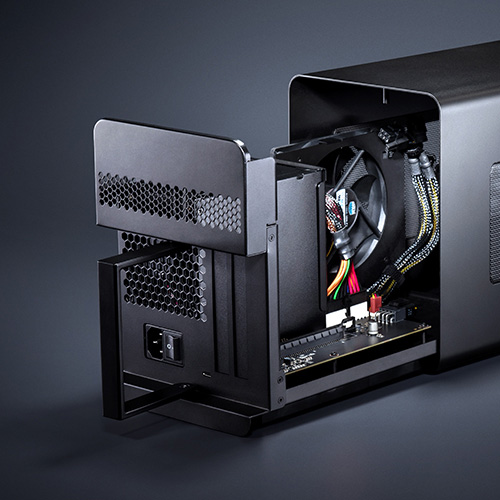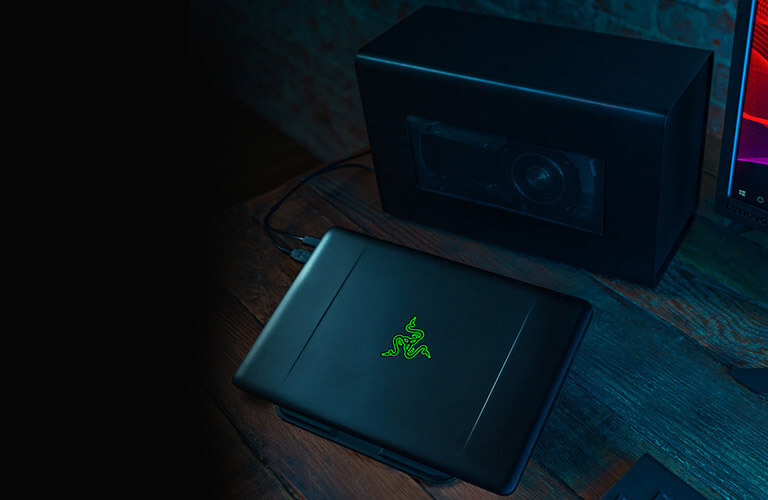The company Razer, which is known to the vast majority of computer hardware and peripheral enthusiasts, today presented a new product in the field of external graphics accelerators that use Thunderbolt 3 connections. A novelty called Core X is headed for sale, which is significantly cheaper than the previous variants and improved in many respects.
It could be interest you

The use of external graphics cards to increase the performance of laptops has been a hit in the last two years. A sea of time has passed since the first solutions, which were behind home DIYers and small companies, and nowadays these small 'cabinets' are offered by a number of manufacturers. One of the first to officially attempt this was Razer. Two years ago, the company debuted its Core V1, which was basically just a vented box with a power supply, a PCI-e connector, and some I/O on the back. However, development is constantly moving forward, and today the company introduced a new product called Core X, which also comes with full compatibility with macOS.
The news supposedly improves everything that was criticized on the previous versions (Core V1 and V2). Newly, the case itself is slightly larger, so that up to three-slot graphics cards can be installed in it. The cooling should also be significantly improved, which should be able to cool even the most powerful cards. Inside there is a 650W power source, which with a large reserve is sufficient even for today's high-end cards. The classic 40Gbps Thunderbolt 3 interface takes care of the transfer.
The Razer Core X is compatible with both Windows machines and MacBooks running macOS 10.13.4 and later. There is support for graphics cards from both nVidia and AMD, but there may be a limitation given by the operating system - in the case of use with macOS, it is necessary to use graphics from AMD, as those from nVidia still do not have official support, although this can be partially bypassed ( see above). The most important thing about the new product is the price, which is set at $299. It is built significantly lower than its predecessors, for which Razer charged up to $200 more. You can find more information about the news at official website by Razer.
Source: Macrumors



